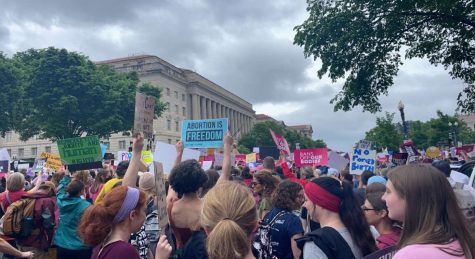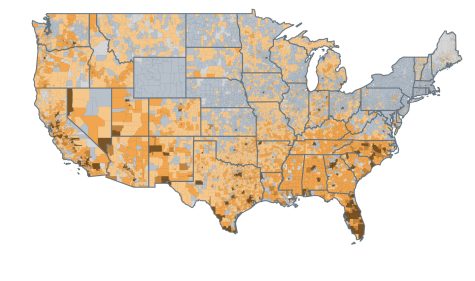Gerrymandering struck down across Maryland during redistricting process
Gerrymandering is the manipulation of electoral districts in order to benefit one political party or candidate over others. Although gerrymandering is often considered to be a Republican issue, Maryland’s 2012 Congressional districts, which heavily favor Democratic candidates, gives it the honor of being tied for the most gerrymandered state in the country. In fact, Maryland’s 3rd Congressional District (Figure 1), which has been compared to a “blood splatter from a crime scene” and a “broken-winged pterodactyl, lying prostrate across the center of the state,” is considered by the Washington Post to be the second most gerrymandered district in the United States.
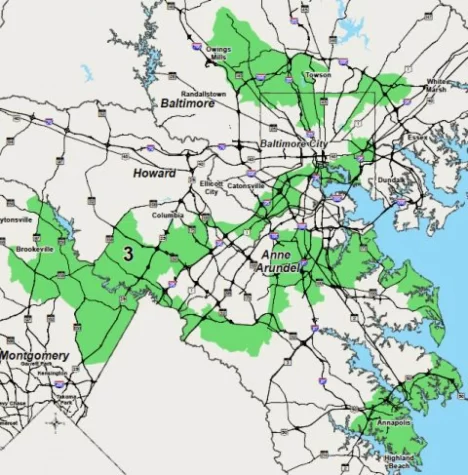
Figure 1: Maryland’s 3rd Congressional District (The Washington Post)
Maryland’s legacy of gerrymandering is evident in the proposed 2022 Congressional map. By adding part of the blue-leaning Anne Arundel County to the 1st Congressional District, Maryland’s Legislative Redistricting Advisory Commission (LRAC) created a map where all 8 districts leaned Democratic and put at risk its sole Republican stronghold. Rejecting Republican amendments to implement a map proposed by the nonpartisan Maryland Citizens Redistricting Commission (given an A rating by the Princeton Gerrymandering Project, compared to the LRAC map’s F rating), the Maryland Democratic supermajority passed this map over Republican Governor Hogan’s veto, arguing that it preserved existing districts as much as possible and reflected Maryland’s growing racial diversity. Maryland Republicans rejected these arguments, stating that the existing districts were already severely gerrymandered, so preserving them would just lead to another gerrymandered map.
However, after being challenged in court, the LRAC map was declared unconstitutional and thrown out. Anne Arundel County Senior Judge Lynne A. Battaglia called the map an “extreme partisan gerrymander” and ruled that it violated the equal protection, free speech and free elections clauses of the Maryland Constitution. The Maryland Legislature was forced to redraw the Congressional map, which according to FiveThirtyEight creates six Democratic-leaning districts, one Republican-leaning district, and one “highly competitive” district, worrying some Democrats as their iron-clad grip on Maryland is weakened.
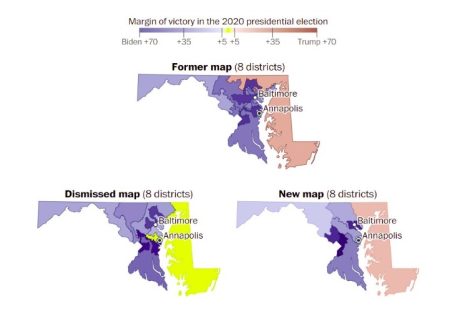
Figure 2: Current and proposed Congressional maps (The Washington Post)
Gerrymandering is also being challenged on the local level, as is evident in Prince George’s County. In a surprise decision, and despite testimony from 150 opposing community members, the County Council radically changed the existing county map, moving three3 liberal candidates to new districts. Since candidates are required to have lived in a district for at least a year before running for a Council seat, this effectively disqualified candidates Eric Olson, Krystal Oriadha, and Tamara Brown from running this election term. Supporters of the new map note that it creates a majority-Latino district for the first time, but opponents claim the process lacked transparency and was meant to stop more liberal candidates from challenging moderate incumbents.
However, after a lawsuit funded by the Olson campaign, a Prince George’s County judge threw out the map, ruling that the Council did not follow proper procedure. Instead, the map proposed by Prince George’s County Redistricting Commission, which slightly changed district boundaries to accommodate population changes, was ruled to be legally binding, a victory for Olson and the other candidates pushed out by the now invalid map.
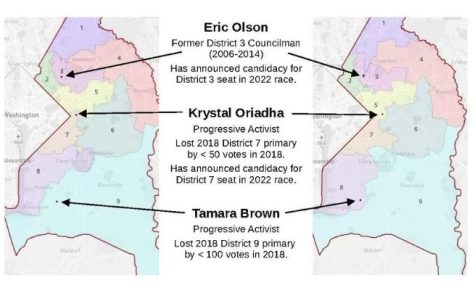
Figure 3: Redistricting Commission proposal (left) and County Council map (right) (Streetcar Suburb News)
Although this might not seem particularly influential, gerrymandering and unfair districts can have massive consequences. Maryland is often considered to be a Democratic stronghold and one of the bluest states in the country. However, this identity may be questioned by upcoming elections using Maryland’s new, less gerrymandered legislative maps. Only the future will tell how this may affect Maryland politics.



